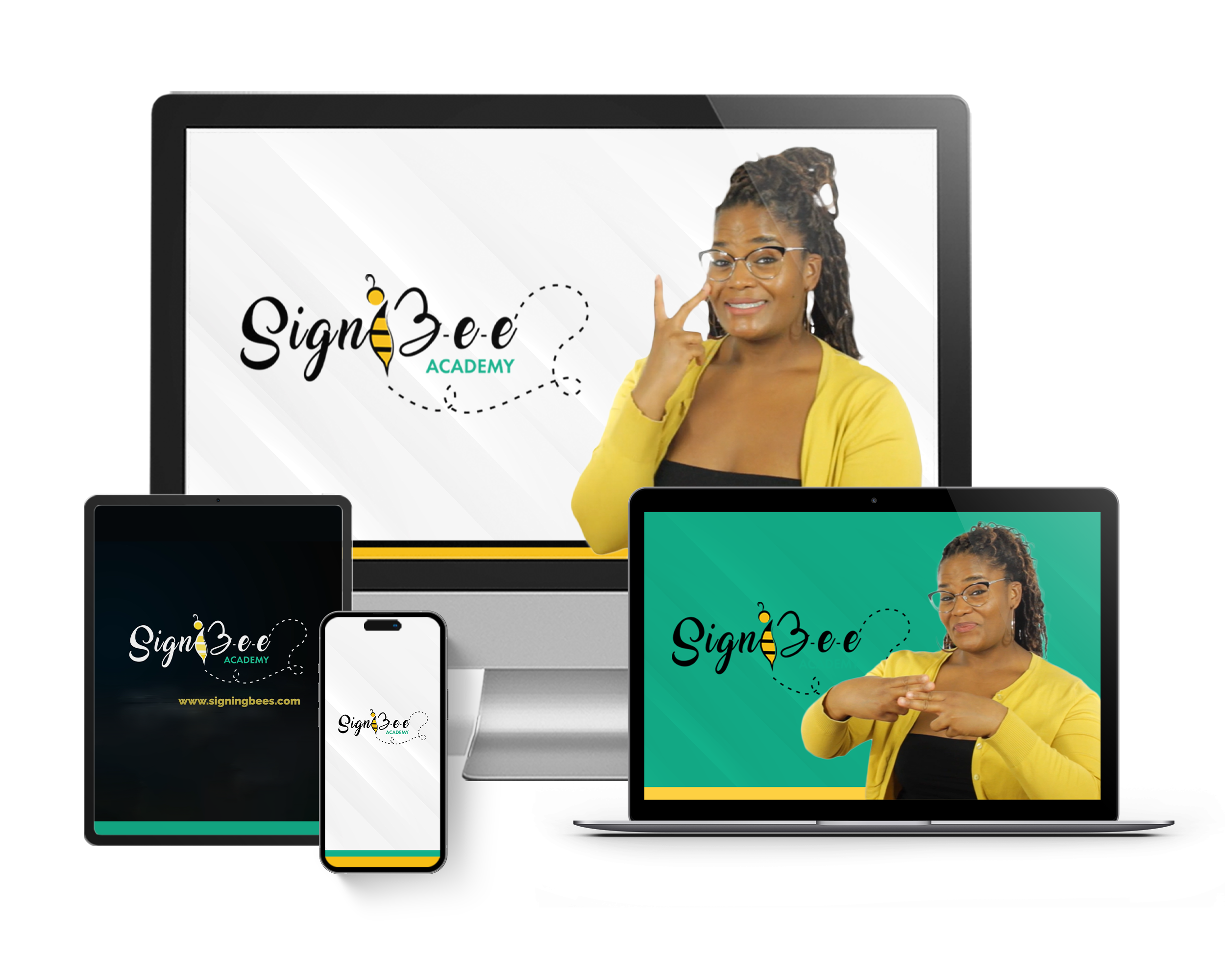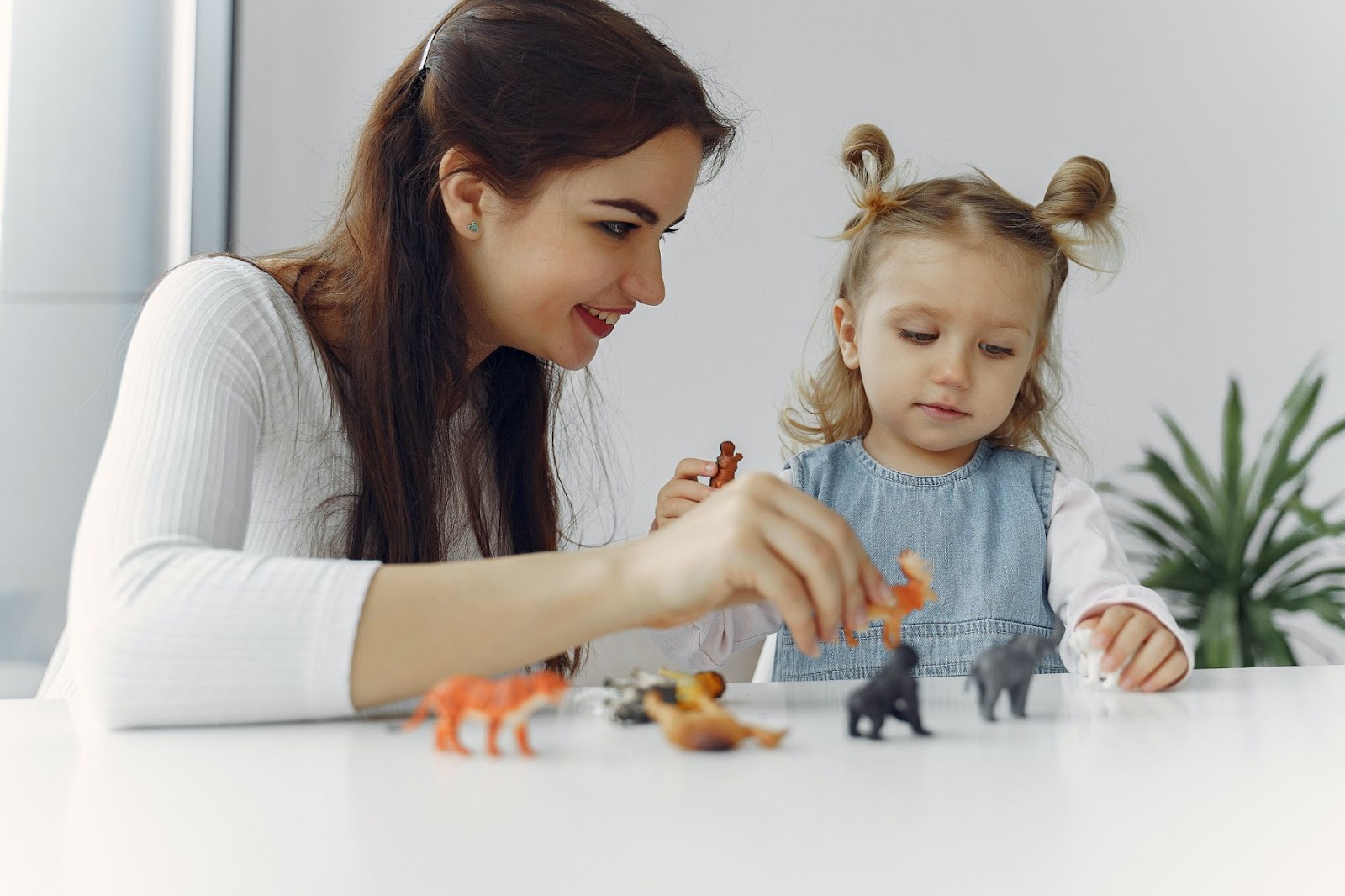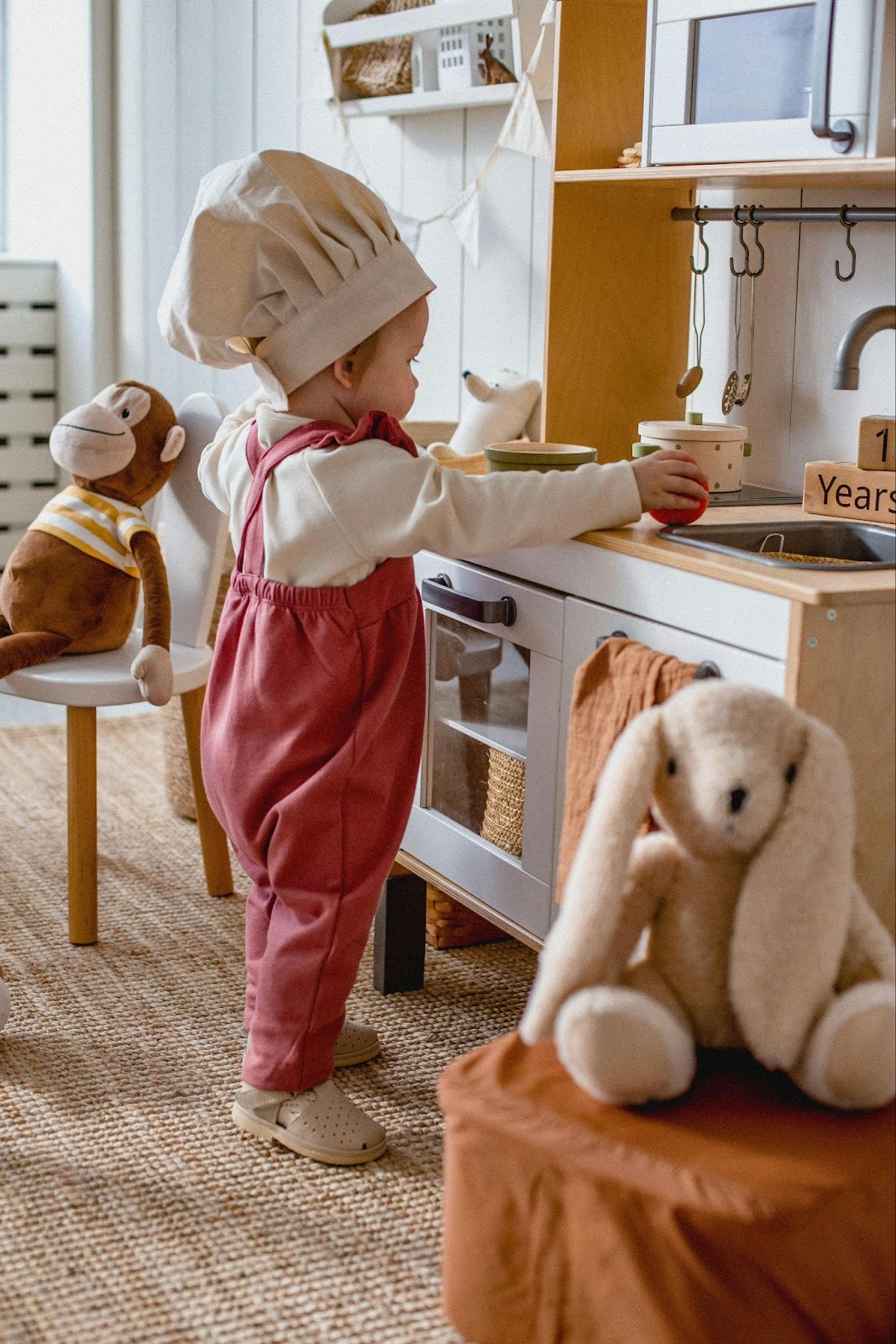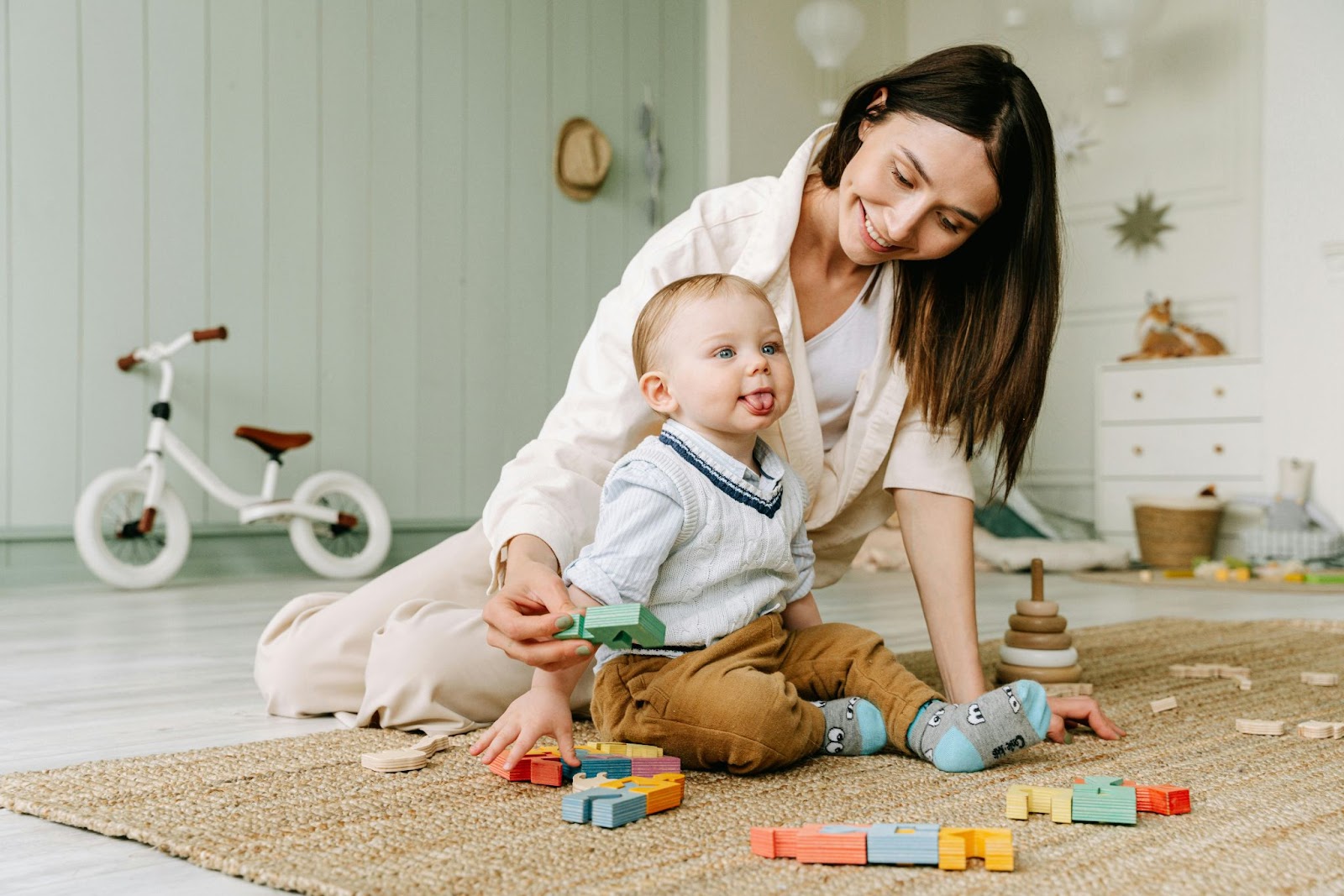For every human, education begins from the womb into adulthood. This implies that learning, the process of acquiring new knowledge and the ability to interact with others and one’s environment, is a lifetime activity.
For children below ages one to eight, the various means by which they gather new information and interact with those around them and their environment is generally referred to as early childhood education.
For deaf and hard-of-hearing kids, baby sign language can be particularly useful during their early childhood education. Join me on this journey as we discover the role of baby sign language in early childhood education but first I want you to understand the intricacies of early childhood education.
All About Early Childhood Education
Early childhood education is multifaceted and it aims to mold fully functional children who will eventually become fully functional adults who can work independently and at the same time communicate (physically, emotionally, socially, and culturally) with those around them. This leads us then to the major components of early childhood education. Should any of these components be left out during educating a child between the ages of 0 to 8 years, it is safe to say that the child wasn’t fully educated at that stage.
Component 1: Physical Training
Photo by RDNE Stock project
Children need to explore how amazing their bodies are while learning the various uses of different parts of the body. One sure way of guaranteeing this is by engaging them in physical activities that will help to improve their motor skills as well as general body coordination as early as possible.
Introducing baby sign language while engaging in this component of early childhood education can be done structurally (using simple baby signs during times of structured children’s physical education programs- games, exercises, etc, indoor or outdoor) or in unstructured ways, allowing kids explore their environment themselves but watching them as they do so that you don’t let them hurt themselves in the process.
*Point to Note*: Kids who are taught baby sign language during physical training may not necessarily be aware that they are learning a life-changing language (baby sign language- which can very well translate to ASL when they are grown) because they are having fun exercising…
Component 2: Emotional Strengthening
I think you’ll find this statement below a fun fact like I did
“Early Childhood Education can serve as a child’s emotional clock.”
Do you agree? Let me explain further. It means that a well-rounded early childhood education is supposed to help your child to recognize and express their feelings. It is this component that lays the foundation for the next essential component- social awareness/integration. Given that baby sign language is a tool for self-expression, it speeds up the process of equipping a child emotionally.
There’s a deeper sense of connection between caregivers and babies that baby sign language gives, this connection reinforces children’s emotional security and helps them gain the courage to interact as I will discuss in the following component
Component 3: Social Awareness and Integration
Consider a situation where a parent is the only one with a child who consistently declines to play with other kids…
There’s no doubt that such a parent whose child constantly rejects their peers will likely experience feelings of embarrassment, frustration, and anger, as well as possible feelings of inadequacy. A good early childhood education deals with this aspect of a child’s life. It introduces children to the concept of cultural diversity, working in groups, learning to share stuff with others, and building a sense of community.
Baby sign language helps a child deal with inner frustrations so much that they can make themselves physically and emotionally available to participate with their agemates and others around them.
Component 4: Mental/Cognitive Building
Are kids made to think when they engage in various activities for their ages? Yes! Are they compelled to discuss what they learn as they grow? Yes! Do they begin to display a sense of personality as they focus on different things around them? That’s another Yes! All of these answers point to a major part of early childhood education which is mental and cognitive building. It includes critical thinking and problem-solving skills, exercising leadership skills (which is also a part of social integration), numerical understanding, and manipulation of things if not people. I think it would be right for me to say that the list is endless here.
In developing language patterns from signing, baby sign language fosters the critical thinking aspect of your child.
It doesn’t end there. Also, while your child continues practicing how to sign different words and phrases, their memory faculty is exercised and this makes it easier for them to apply the ability to remember and recall different things as associated with what they learn. Bingo! Baby sign language rocks in many ways.
Component 5: Parental Inclusion
Photo by MART PRODUCTION
The “active” involvement of parents and caregivers as children learn at infancy into toddler phase and then bigger babies, cannot be overemphasized. The involvement is best “active.” Take note of how many times I’ve used the word “active.”
This component involves parents/caregivers participating in reading exercises, educational games, and practical tasks with their kids beyond what they experience in controlled spaces like the classroom.
Family engagement activities, such as family nights, family meal times, family trips, etc, also provide opportunities for parents to connect with their children. It can also include having other families, all geared to ensuring that your child experiences a broader educational community.
Teaching your kids baby sign language can be a point of partnership/connection between parents and other parents, parents and early childhood educators, and most importantly, parents and children.
Parents take their parenting journey on a more interesting path when they engage their babies in baby sign language.
What This Means
I guess this article must have wowed you on how impactful early childhood education can be as well as how seriously it should be taken. My aim was also to show you how baby sign language can be seamlessly incorporated into early childhood education leaving parents and children better for it.
If you’re considering starting your parenting adventure differently, and I mean in a way that makes you have a more fun and rewarding parenting experience, then please get in touch with me.
Unspoken Language Services offers interpretation services to help you communicate with your infant using baby sign language.
Thumbnail Photo Credit to: Photo by Gustavo Fring





